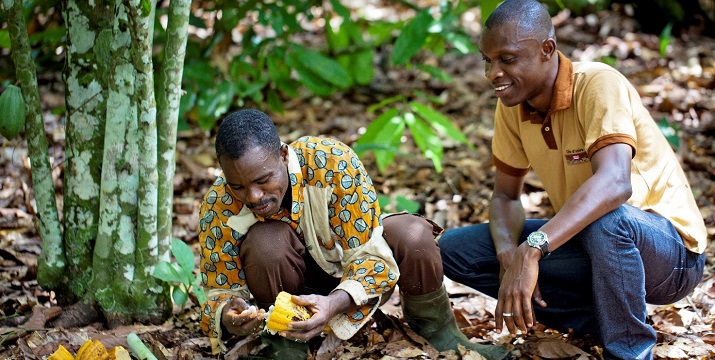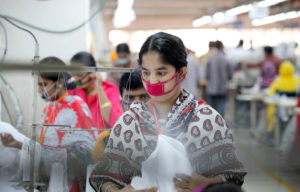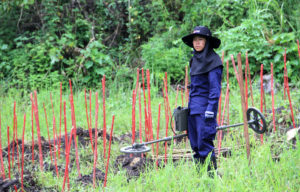
Foto: Nestlé / CC BY
Certified cocoa is a bigger hit than ever before
The need for a sustainable cocoa production is becoming clearer every year. Therefore, the desire to get certified is growing even among the major food companies
Share
Certification programs such as the Rainforest Alliance and the Fairtrade label are currently experiencing great interest – even from the major food companies. Only 7600 cocoa farms where certified by the Rainforest Alliance in 2008, but today the figure is 130,000, or approximately 14.5 percent of the world’s total cocoa production. The certification programs try to ensure a more sustainable production, so that cocoa farmers get a fair price for their goods and invest in new farming methods that provide a better outcome and often are friendlier to the environment. The growing interest in certification is mainly due to the large manufacturers’ recognition of one important thing: Sustainability is critical to the future of chocolate sales.
“If we want to stay in business, we need to make sure that we can get a steady supply of cocoa of the right quality. Therefore we urgently need to help the farmers to learn how to grow cocoa sustainably. Certification is such a tool. If we do not act now, we will be out of business”, says Anders Carne, Public Affairs Manager at Mondeléz International, one of Europe’s biggest producer of chocolate goods
The world wants chocolate
Living standards are rising almost all over of the world. And with a rapidly growing middle class comes an increased demand for especially one product of pleasure: chocolate. Countries like India, China and Brazil have in recent years experienced a significantly increasing demand for the sweet, brown gold – last year a whole three million tons of cocoa beans were consumed worldwide and this number is expected to rise to as many as five million tons in 2020, according to The Cocoa Barometer Report. Although food companies are expected to rejoice at the prospect of bigger sales figures, the increasing demand also clarifies an important fact: Cocoa production has to become more sustainable. Otherwise, it will simply not be possible to keep up with the world’s growing taste for chocolate.
Cocoa cultivation is threatened
Around 90 percent of the world’s cocoa comes from small-scale farms. But in these years cocoa farmers face a number of challenges. According to the Fairtrade Foundation only between 3.5 and 6.4 percent of the price of an ordinary chocolate bar returns to the cocoa farmers in West Africa. About 70 percent goes to the food companies.
The cocoa farmers’ poor profit results in poverty and low productivity. There are no investments in new farming techniques and old cocoa trees are not replaced by new ones. In addition, the younger generations of the cocoa farmers prefer moving to the cities rather than to continue the cocoa production, as they see no future – working conditions are bad and profits too low. But the prospect of not being able to meet the growing demand for chocolate now forces many of the major food manufacturers to an increased focus on a more sustainable cocoa production. Both when it comes to cultivation and the farmers’ conditions.







